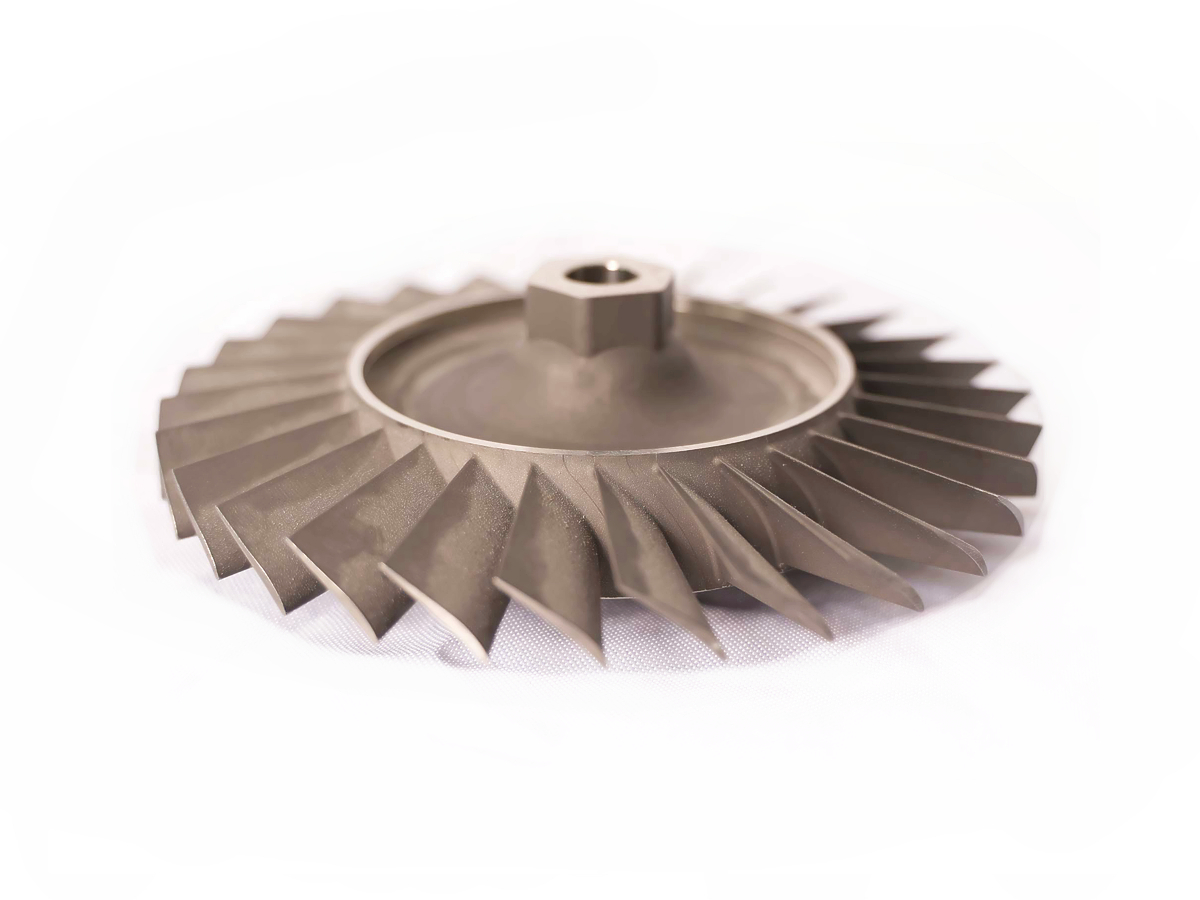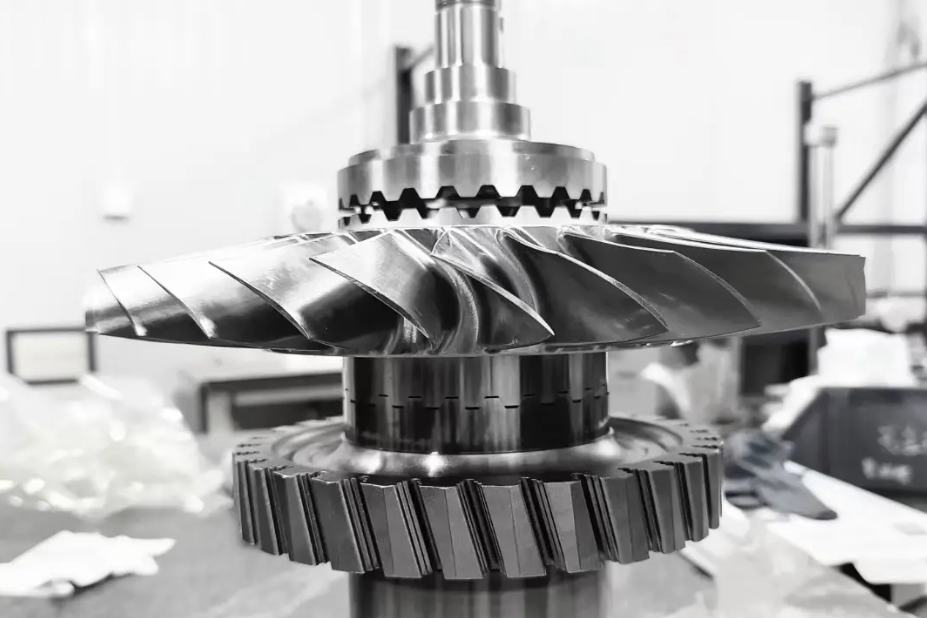What types of cutting tool materials are typically used for machining Inconel 718?
Machining Inconel 718, a precipitation-hardenable nickel-chromium superalloy, represents one of the most significant challenges in the manufacturing world due to its high strength retention at elevated temperatures, strong work-hardening tendency, and abrasive microstructure. Consequently, tool material selection is not a matter of preference but a critical engineering decision that dictates the feasibility, cost, and success of the operation. The aggressive nature of Inconel 718 quickly decimates standard tooling, necessitating the use of specialized, high-performance substrates and coatings.
1. Carbide Substrates: The Primary Workhorse
For most CNC Milling and CNC Turning operations on Inconel 718, carbide tools are the default and most versatile choice. However, not all carbide is created equal.
Sub-Micrograin or Ultra-Fine Grain Carbide: Standard carbide grades lack the necessary toughness and thermal resistance. Instead, sub-micrograin (grain sizes less than 0.5 µm) carbides are essential. Their extremely fine microstructure provides an optimal balance of high hardness (to resist abrasive wear) and superior transverse rupture strength (to prevent chipping and fracture from intermittent cuts and the material's high cutting forces).
Heavy-Edge Preparation: A sharp cutting edge is highly susceptible to notching and thermal cracking. Therefore, tools for Inconel 718 feature a defined hone (edge rounding) or a T-land (chamfer). This strengthens the cutting edge, reduces stress concentration, and helps manage the high heat generated at the tool-workpiece interface.
2. Advanced Coatings: The Thermal Barrier
An uncoated carbide tool will fail rapidly in Inconel 718. The coating is not optional; it is a functional necessity to combat heat and diffusion.
PVD (Physical Vapor Deposition) Coatings: PVD TiAlN (Titanium Aluminum Nitride) and its variants (like AlTiN) are the gold standard. The aluminum content forms a stable, protective aluminum oxide layer at high temperatures, effectively reflecting heat away from the substrate and into the chip. Newer generations, such as nACo (nanocomposite) coatings, offer even higher hardness and thermal stability. These thin, hard coatings are applied via PVD to maintain a sharp, precise cutting edge, which is crucial for managing cutting forces.
CVD (Chemical Vapor Deposition) Coatings: While CVD coatings like TiCN or Al₂O₃ are extremely hard and wear-resistant, they are generally less suitable for the interrupted cuts common in milling Inconel due to their thicker, more brittle nature, which can lead to micro-chipping. They may see limited use in very stable, continuous turning operations.
3. Cermets and Cermet-Reinforced Carbides
For finishing operations that require exceptional surface finishes and tight tolerances, cermet (ceramic-metal composite) grades can be effective. They offer superior edge sharpness, excellent wear resistance, and low friction, which helps control the build-up edge. However, their lower fracture toughness compared to premium carbides makes them unsuitable for roughing or any interrupted cuts.
4. Non-Carbide Solutions for Severe Applications
For high-volume production or specific operations, more exotic tool materials are employed.
Silicon Nitride (SiAlON) Ceramics: These tools excel in high-speed semi-finishing and roughing of nickel-based superalloys. They can run at surface speeds 5 to 10 times higher than carbide, provided the machine tool and setup are extremely rigid. Their exceptional hot hardness allows them to function effectively at the extreme temperatures where carbide softens. However, they are brittle and cannot tolerate any significant interruption or shock.
Cubic Boron Nitride (CBN): CBN is the second-hardest material available for cutting tools. Low-content CBN (often with a ceramic binder) is used for continuous cutting of hardened materials. For the softer (solution-treated) condition of Inconel 718, high-content CBN grades with a metallic binder are sometimes used for finishing, offering superb wear resistance and the ability to hold tight tolerances. Its use is typically limited by high cost and sensitivity to vibration.
Polycrystalline Diamond (PCD): PCD is generally not recommended for machining ferrous metals, including Inconel, due to a severe chemical reaction (graphitization) that occurs at high temperatures, leading to rapid tool dissolution.
Engineering Considerations for Tool Application
Selecting the tool material is only part of the equation. Successful machining of a demanding material like Inconel 718 requires a holistic strategy:
Rigidity is Paramount: Any vibration or chatter will instantly destroy any tool, regardless of grade. A robust machine, short tool extensions, and solid workholding are non-negotiable.
Coolant Strategy: High-pressure, through-tool coolant is highly recommended. It not only reduces the thermal shock and washes away chips but also helps break the chip effectively, preventing re-cutting and protecting the tool edge.
Optimized Machining Parameters: A conservative radial depth of cut and a consistent, adequate feed rate are critical to ensure the cut is made beneath the work-hardened layer from the previous pass.



